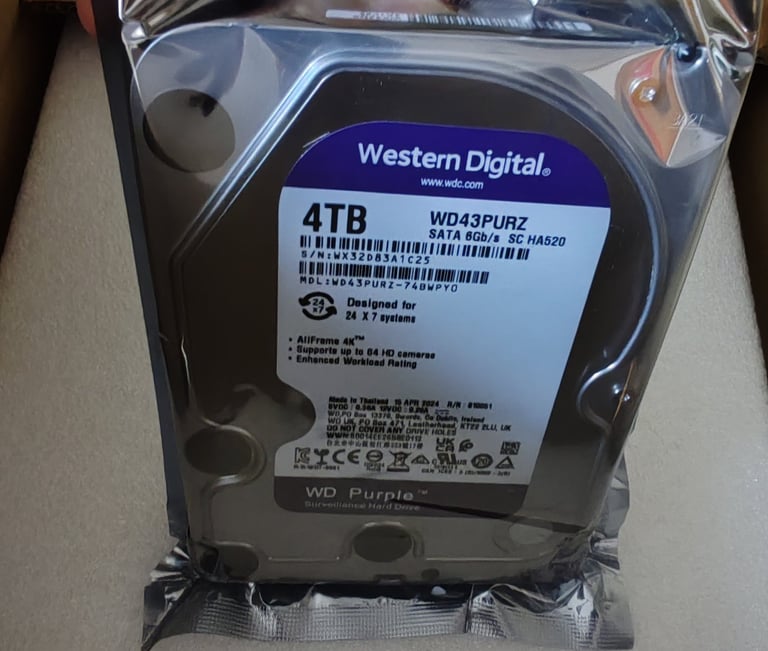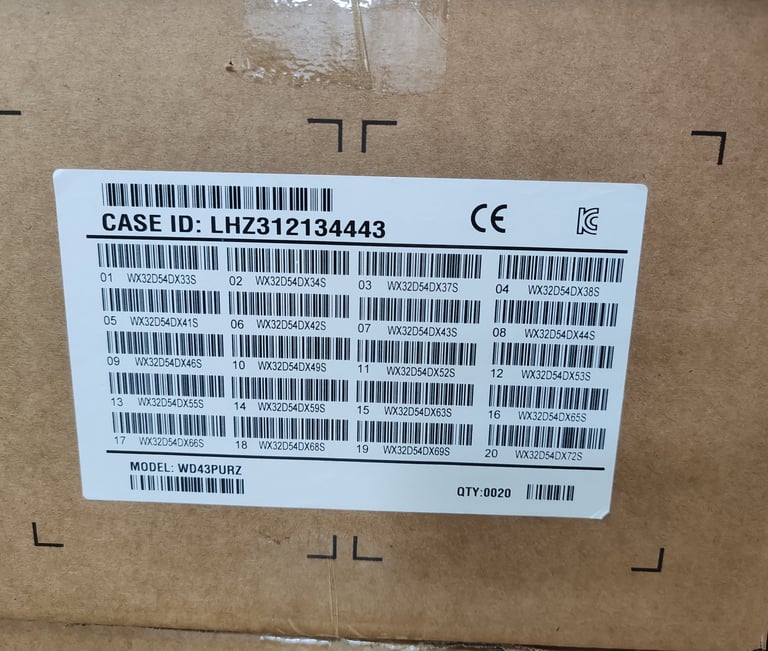Unlocking the Future of Portable Storage: SSDs vs HDDs in 2025 and Beyond
LeonWholesale WhatsApp: +8618136773114 Email: leonxu0317@gmail.com
ELECTRONICS
7/29/20254 min read


The Portable Storage Landscape in Flux
The digital storage market is undergoing a radical transformation, driven by unprecedented demands in speed, efficiency, portability, and durability. With AI, 8K video, and real-time data processing dominating workflows in 2025, choosing between Solid State Drives (SSDs) and traditional Hard Disk Drives (HDDs) has become a strategic decision rather than a mere preference. This article unpacks the deep contrasts between SSDs and HDDs while peering into their evolutionary trajectory.
What Makes SSDs Tick?
Solid State Drives rely on NAND flash memory to store data, eliminating the moving parts associated with HDDs. They use integrated circuits to read and write data at lightning speeds, making them the go-to option for professionals and consumers alike who demand speed and efficiency.
How Do HDDs Still Hold Ground?
While SSDs have dominated the conversation, HDDs still maintain a foothold in the storage economy due to their lower cost per GB and higher storage capacities. For archival data, backup systems, and cold storage, HDDs remain cost-effective and viable.
Comparing SSDs and HDDs: The Key Metrics
Speed: SSDs easily outperform HDDs, with read/write speeds exceeding 500 MB/s on SATA models and soaring into the GB/s range on NVMe variants. HDDs, in contrast, generally peak at 120–150 MB/s.
Durability: SSDs win again due to the absence of mechanical parts, offering better shock resistance and temperature endurance.
Lifespan: While both have finite lifespans, SSDs wear out based on write cycles, whereas HDDs degrade with mechanical wear.
Power Consumption: SSDs consume less power, which is crucial for battery-operated devices.
Price: HDDs are still cheaper per gigabyte, especially in the multi-terabyte range.
Noise: SSDs are silent. HDDs make noise due to spinning disks and read/write heads.
The External SSD Explosion
From video editors to gamers and mobile workforces, external SSDs are now essential. Brands like Samsung, SanDisk, and G-Technology offer blazing fast, rugged, and ultra-portable drives that outperform legacy external HDDs in every metric.
M.2 and NVMe: Speed Meets Compactness
The introduction of M.2 form factors and NVMe protocol support has pushed SSD performance to new extremes. With read/write speeds of over 7,000 MB/s, these tiny drives are perfect for ultra-thin laptops and performance desktops alike.
SATA, PCIe, and Thunderbolt: The Interface Wars
Choosing the right SSD interface is critical. SATA III SSDs offer 6Gbps speeds, while PCIe Gen 4 and Gen 5 NVMe SSDs can deliver up to 14,000 MB/s. Thunderbolt 3 and 4 are favored for external SSDs due to their bandwidth and daisy-chaining capabilities.
SSDs in the Enterprise
Data centers are shifting heavily toward SSD arrays for IOPS-heavy workloads. NVMe over Fabrics (NVMe-oF) is gaining ground, enabling SSD performance over networked infrastructure.
The Rise of Industrial-Grade SSDs
In harsh environments—from oil rigs to military drones—industrial SSDs with extended temperature tolerance and high endurance cycles are replacing vulnerable HDDs.
SSD Failures and Data Recovery
While more reliable, SSDs aren't immune to data loss. Firmware corruption, power loss, and controller failure can cause trouble. Specialized software and data recovery labs are evolving to tackle SSD-specific failures.
The End of HDDs? Not So Fast
Despite SSD dominance, HDDs still offer value. For instance, magnetic hard drives exceeding 20TB are now common, making them ideal for bulk storage, surveillance, and tape backup replacements.
Hybrid Drives and SSHDs: A Short-Lived Trend
SSHDs attempted to combine SSD speed and HDD capacity, but the industry has largely moved past them in favor of dedicated SSDs paired with large external HDDs.
The Portable SSD Market in 2025
Driven by content creators and remote workers, portable SSDs are evolving fast. The latest models offer fingerprint security, waterproofing, and military-grade shock resistance. Some even come with Wi-Fi or 5G connectivity.
SSD vs HDD for Video Editing
For video editors, SSDs are non-negotiable. Whether editing 4K or 8K footage, the transfer and render speeds of SSDs save time, reduce lag, and improve workflow efficiency. HDDs simply cannot keep up.
Future Tech: 3D NAND, QLC, and Beyond
New SSD technologies like 3D NAND, QLC (Quad-Level Cell), and even PLC (Penta-Level Cell) are pushing capacity and cost-efficiency boundaries. These advancements allow for massive SSDs at lower costs, rivaling traditional HDDs.
SSD Cloning and Migration in 2025
Migrating from an HDD to an SSD is easier than ever. Free SSD cloning tools with GUI interfaces are widely available, and Windows 10/11 supports SSD migration natively. Bootable clones are just a few clicks away.
Upgrading Laptops: SSD is a Must
Replacing old HDDs with SSDs breathes new life into aging laptops. M.2 slots are becoming standard, and even budget devices now support SSD upgrades.
SSDs in Gaming and Creative Workflows
Games load faster, levels render smoother, and large assets import seamlessly on SSDs. Professional software like Adobe Premiere, AutoCAD, and DaVinci Resolve all benefit immensely.
SSD Maintenance Tips
Don’t defrag SSDs; it’s unnecessary and reduces lifespan.
Enable TRIM in Windows.
Avoid filling SSDs beyond 90% capacity.
Update firmware regularly.
Final Verdict: SSDs Reign Supreme—But HDDs Aren’t Dead
SSDs now dominate in performance, reliability, and innovation. However, HDDs still serve niche and archival needs. The future of portable storage is clearly SSD-led, but both will coexist for specific use cases.
Leon Wholesale | Leon Machinery
WhatsApp: +8618136773114
Email: leonxu0317@gmail.com
#SSD2025 #HDDvsSSD #PortableStorage #NVMeSSD #ExternalSSD #LeonWholesale #TechTrends #M2SSD #VideoEditingStorage #DataRecovery #IndustrialSSD #SSDUpgrade


